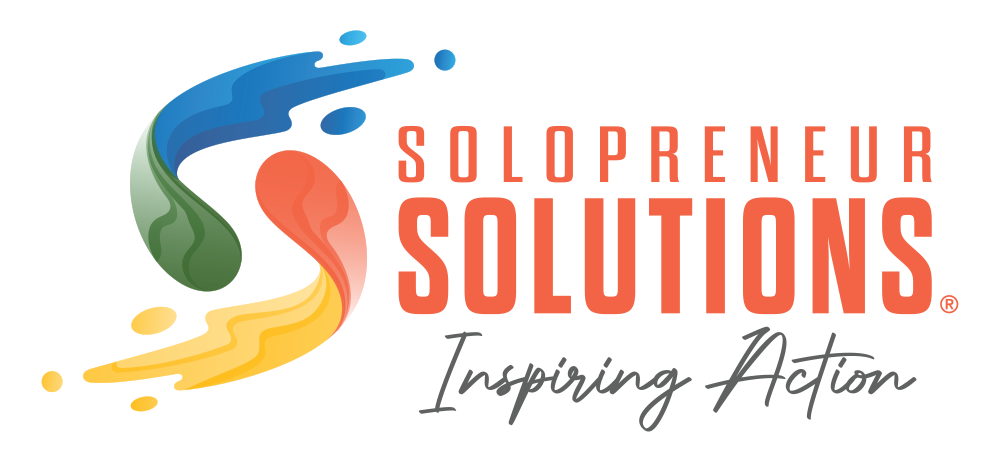What we should really measure in Social Media? Participating in social media is something just about every company needs to do in today’s world. Once you have set up your Facebook page, Twitter account, YouTube channel, and Pinterest boards, you will be able to respond to customer questions, posting important news, follow fans, and thank your consumers for their support.
Tracking and monitoring these interactions are critical to your business. Measuring these activities will give insight as to how you are doing. Measuring your social media efforts is easier than ever before. Knowing what you should be measuring will provide you with the best course of action when moving forward to attain new customers and retain the ones you already have. Let’s discover what should we really measure in Social Media.
5 Social Media Metrics You Should Measure Now
While there is a plethora of different metrics that you can measure, there are five that are the most important. Each business will be able to benefit from measuring the volume, engagement, reach, influence, and shared voice of their social media feeds. Let us look at each one so you can easily understand how they are going to affect your business.
1. Volume
One of the first metrics that you should be measuring is your volume. This is one of the most straightforward metrics to look at. Volume measures the number of people that are talking about your industry, brand, and content on social media. This is a fantastic indicator of how interested people are. Whether they love or hate what you have to say or what you are selling, they will be talking. Talk is a great way to further your business.
Volume seems as if it is a simple counting metric. However, there is more than just keeping track of your posts and tweets. Volume is also the measurement of how many messages there are involving and the people discussing your brand. This metric will give you both numbers and allow you to see how they change over time. Different social media platforms will provide you this information in different ways. For example, Facebook gives you something called Facebook insights, which provides you with a metric that is labeled as “people talking about this.” This measurement tells you how many people have posted about your brand page.
When looking at your volume metrics, you will be able to see what dates and times there is the most interaction with your brand or people are talking about it the most. This will enable you to streamline your content, so it is showing up at the most advantageous times. By making posts during the timeframe where you are most popular, you will encourage better engagement, which will be discussed next.

2. Engagement
This is another one of the most critical metrics that you will need to measure as it pertains to social media. Engagement is the way that people are participating in conversations about your brand. Additionally, it shows what they are doing to engage with your posts and spread your content.
More often than not, with social media, content can be shared and replied to. With Twitter, there are retweets, and on Facebook, there is the ability to share posts. These are both ways of spreading your content. Replies, comments, and likes are also useful as a way to spread your content.
When you think about the goals associated with your social media platforms, you need to decide if you are focused on interaction or in spreading information. Using metrics have that reflect what is essential to your brand right now is the most advantageous way to go. Obviously, you can change your focus at any time you deem it necessary.
3. Reach
The reach measurement is going to tell you how much conversation is happening about your business over social media. Ich will allow you to gain insight into the context of your articles or posts. You will be able to see how far your content is going and how large of an audience your message is reaching.
The larger the audience, the better. Reach provides you with a lot of information, but it does not tell you everything. When you start to compare your reach with other engagement metrics, you will have a complete idea as to what is happening with your brand and its information.
When working through a social media measurement equation, your reach should always sit as the denominator. Then you will choose an action that is important such as retweets, clicks, or replies. Divide these numbers to calculate your engagement percentage. This will give you a decent idea of how many people participated in the audience, and it allows you to contextualize other metrics.
4. Influence
When you start looking at the influence you see who is tweeting or talking about your brand and the impact this conversation has. When it comes to social media metrics, this one is pretty controversial. You can find a variety of tools that can measure social influence, but none of them work quite the same way. The consensus is that the audience size is not as essential or relative as influences. Remember that just because someone has a lot of followers and friends doesn’t mean that they can influence them into doing one thing or the other.
By looking at past actions, we can guess and decide about how influential someone is or might be in future situations. Potential influence is useful and can help you decide who to reach out to when you’re getting ready to start a new campaign. You can find different tools that can help you figure out the best social media influencers to contact so that you have success when dropping a new campaign.
Have there is also something called kinetic influence that needs to be considered. Kinetic influence is going to help you understand the people that are participating in conversations about your campaigns Ann Brandt. It also shows who gets people talking about these specific conversations and who the advocates are. It does not solely look at who has the most followers but focuses on messages and the way they are amplified by not only the influencer but also their followers.
5. Shared Voice
The last metric that you should be looking at to know how well your social media marketing campaigns are doing is the share of voice metrics. This is going to compare the conversations about your brand to those of your competitors. You will be able to determine what percent of the discussion is about your brand as compared to others in the same industry. By learning about your competitor’s success, you can adjust your campaigns to make sure that yours are performing better.
Conclusion
When it comes to using social media measurement, consistency and preparation are critical. You should start with the metrics that you deem most relevant to your business and start tracking them right away. You should use the same formulas and tools each time so that the numbers are consistent, whether you measure them daily, weekly, or monthly. Tracking your numbers and paying attention to how they change will allow you to understand better the effectiveness of social media activity and the impact it is having on your audience.
When you are ready to enhance your business with reliable social media metrics, click here for a free trial from Solopreneur Connect!
